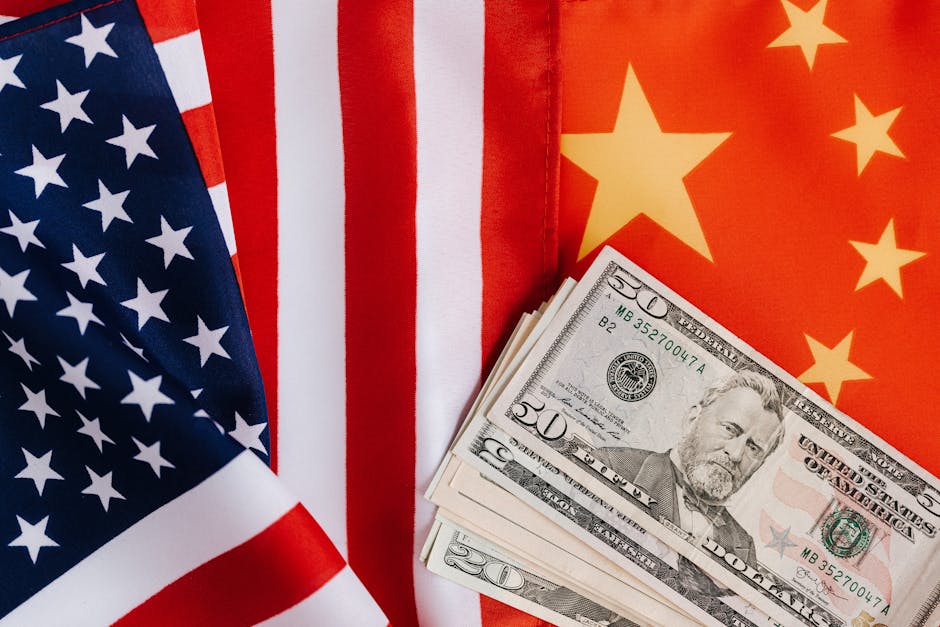The Role of AI in copyright Analysis
The Role of AI in copyright Analysis
Blog Article

copyright trading is not just about intuition and market trends; it's increasingly reliant on sophisticated tools that leverage technology to provide insights and forecasts. The emergence of advanced AI copyright analysis has revolutionized how traders approach the market, offering data-driven strategies that enhance decision-making and risk management.
The Role of AI in copyright Analysis
Artificial intelligence (AI) is transforming various industries, and copyright trading is no exception. By utilizing complex algorithms and machine learning techniques, AI can process vast amounts of data far beyond human capabilities. This results in several key advantages for traders:
- Data Processing: AI can analyze historical price data, trading volumes, and social media sentiment in real-time, providing a comprehensive view of market dynamics.
- Pattern Recognition: Machine learning models can identify patterns that are often imperceptible to human analysts, allowing for more accurate predictions of price movements.
- Automation: AI-driven trading bots can execute trades automatically based on predefined criteria, ensuring that traders can react to market changes instantly.
Benefits of Using Advanced AI Tools
Integrating AI into copyright analysis presents several advantages for traders, whether they are novices or seasoned professionals. Some of the notable benefits include:
- Improved Accuracy: AI algorithms continuously learn from new data, improving their accuracy over time. This adaptability is crucial in the highly volatile copyright market.
- Risk Management: AI can assess risk levels associated with specific trades or investments, enabling traders to make informed decisions that align with their risk tolerance.
- Enhanced Sentiment Analysis: By analyzing social media and news articles, AI can gauge public sentiment about a copyright, which often influences market movements.
For instance, a trader might use an AI tool that scans Twitter for mentions of Bitcoin and analyzes the sentiment behind those mentions. This could help them predict potential price surges or drops based on public interest and sentiment.
Challenges in AI copyright Analysis
Despite its many benefits, the use of AI in copyright analysis does come with its challenges. Traders must be aware of the limitations and potential pitfalls when relying on AI tools:
- Data Quality: The efficacy of AI algorithms heavily depends on the quality of the data they are trained on. Poor data can lead to erroneous predictions and financial losses.
- Overfitting: AI models can sometimes become too tailored to historical data, failing to generalize well to future market conditions.
- Market Manipulation: AI systems can be vulnerable to market manipulation tactics that exploit their predictive algorithms, leading to significant risks for traders.
Future Trends in AI copyright Analysis
The future of advanced AI copyright analysis looks promising as technology continues to evolve. Some emerging trends to watch include:
- Integration with Blockchain: AI systems may become more integrated with blockchain technology, offering enhanced transparency and security in trading practices.
- Real-time Analytics: As computational power increases, real-time analytics will become more prevalent, providing traders with immediate insights into market shifts.
- Personalized Trading Strategies: AI could enable the development of personalized trading strategies tailored to individual traders' preferences and historical performance.
Conclusion
Advanced AI copyright analysis is reshaping the trading landscape, offering tools that enhance accuracy, efficiency, and risk management. As traders increasingly adopt AI technologies, understanding both the advantages and limitations of these systems will be crucial for success in the dynamic world of copyright. Embracing AI not only opens new opportunities but also requires a commitment to ongoing learning and adaptation to stay ahead of the curve.
Report this page